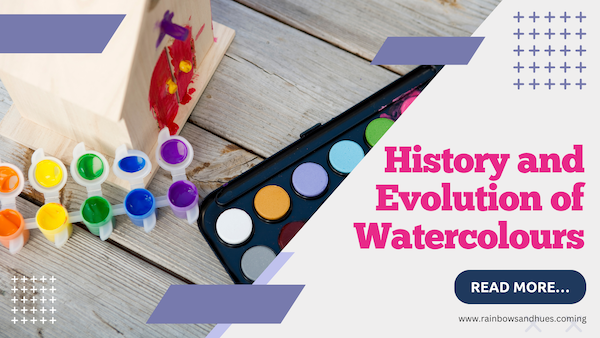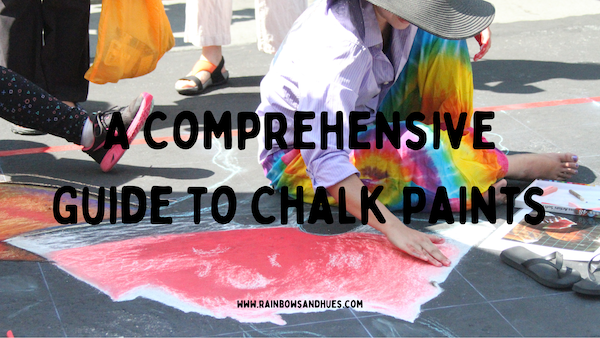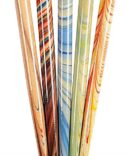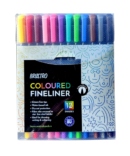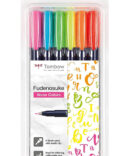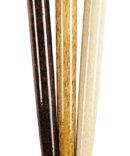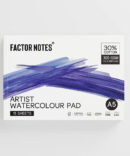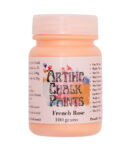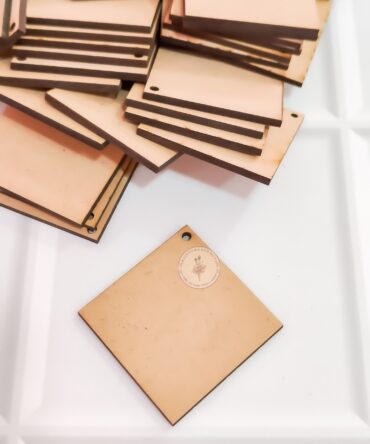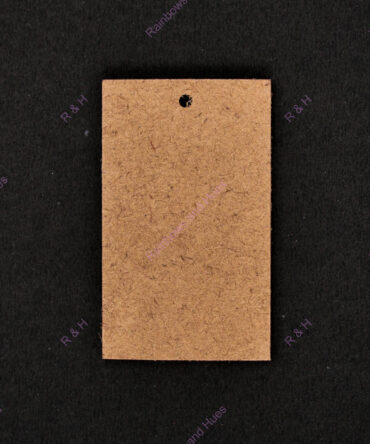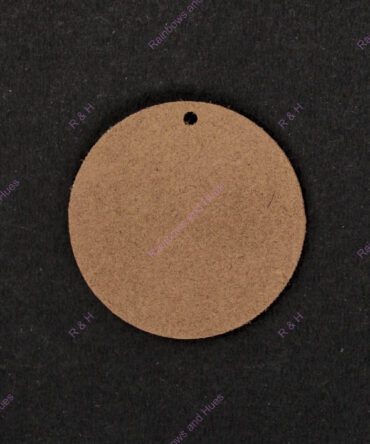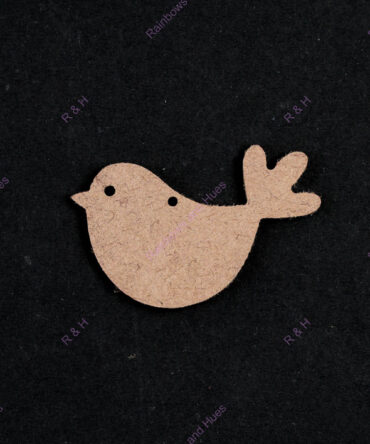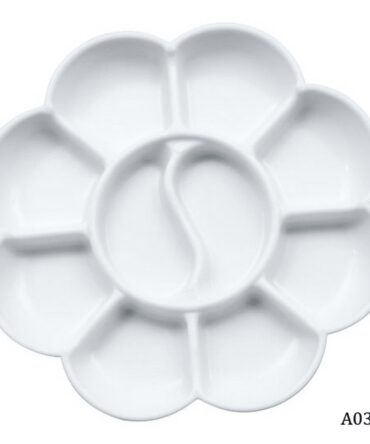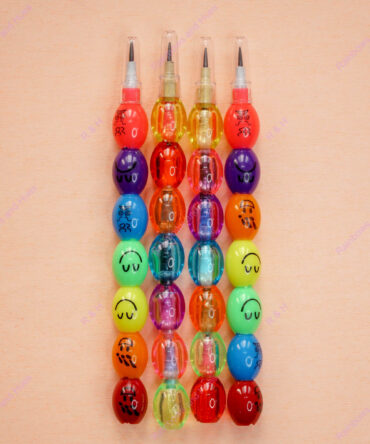Watercolours, a captivating medium of art, have a rich history that spans centuries. In this blog post, we will delve into the origins and evolution of watercolours, uncovering the secrets behind this enchanting artistic technique.
The Birth of Watercolours
Watercolour painting dates back to ancient times when early civilizations used pigments mixed with water to create art on cave walls and primitive surfaces. These ancient artists were drawn to the medium’s ease of use and its ability to create vibrant hues that endure over time.
Also Read: Basics of Brushes: An Artistic Essential
Watercolours in Ancient Civilizations
The Egyptians, Greeks, and Romans were among the early civilizations that used watercolours to decorate temples, manuscripts, and sculptures. However, it was in ancient China where watercolour painting flourished and became an esteemed art form. Chinese artists employed ink and watercolours to create beautiful landscape paintings and delicate calligraphy.
The Arrival of Watercolours in Europe
Watercolours made their way to Europe during the Renaissance period, with artists like Albrecht Dürer using them to enhance their sketches and studies. However, it was in the 18th century that watercolours gained significant popularity in England, thanks to the efforts of famous artists like J.M.W. Turner and Thomas Gainsborough. These artists showcased the medium’s versatility, using it to create expressive landscapes, portraits, and botanical illustrations.
Also Read: Exploring Acrylic Painting Papers: A Beginner’s Guide
The Evolution of Watercolour Techniques
Throughout the 19th century, watercolour painting continued to evolve, with artists experimenting with various techniques to push the boundaries of the medium. Artists like John Ruskin and Winslow Homer explored the use of washes, glazes, and dry brush techniques to achieve stunning effects in their artworks.
The Rise of Watercolour Societies
As the popularity of watercolours grew, artists formed watercolour societies to promote the medium and foster artistic exchange. The Royal Watercolour Society in England and the American Watercolor Society in the United States are among the most prominent societies that played a vital role in elevating watercolour as a respected art form.
Watercolours in the Modern Era
In the 20th century, watercolours found a place in modern art movements, such as Expressionism and Abstract Art. Artists like Paul Klee and Wassily Kandinsky embraced the fluidity and spontaneity of watercolours to create emotionally charged and innovative works.
The Watercolour Revival
Despite facing competition from other mediums, watercolours experienced a revival in the latter half of the 20th century and continue to thrive in the 21st century. Contemporary artists worldwide use watercolours to create diverse and imaginative works, from traditional landscapes to experimental abstract pieces.
Watercolours Today: A Versatile Medium
Today, watercolours have cemented their place as a versatile and accessible medium, cherished by artists and hobbyists alike. With advancements in paint formulations and paper quality, artists can explore a wide range of styles and techniques, from traditional to experimental.
***
Hop over to our website www.rainbowsandhues.com to buy premium quality paintbrushes and colors! Follow @rainbowsandhues on Instagram to get regular information on new products and deals!

